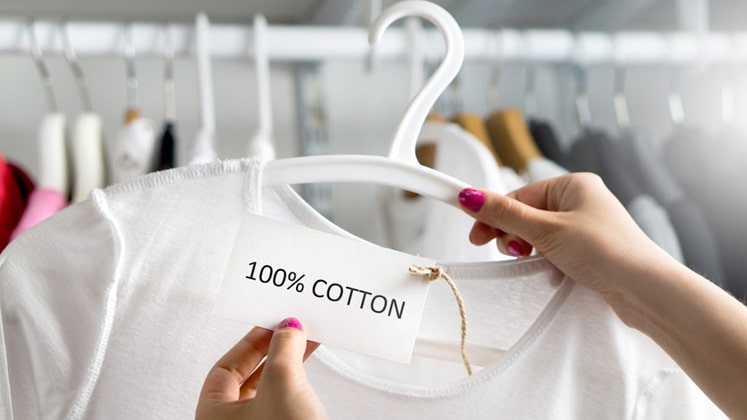
If January 2022 reports are anything to go by, the US imported US $ 3.54 billion worth man-made fibres (MMF), which is comparatively lower than US $ 3.70 billion cotton imported by the US in the same month.
The story has been same in 2021 too – at least that’s what the figures are speaking. Back in 2019, US had imported cotton apparels worth US $ 38.70 billion, while figures of MMF apparel were much better at US $ 40.57 billion, and this didn’t change in 2020 too when import of cotton at US $ 29.82 billion was lower than that of MMF (US $ 31.21 billion).
However, one started witnessing some change since 2021 – though fractionally – when US imported cotton apparels worth US $ 39.30 billion as against MMF apparels worth US $ 38.70 billion and, as discussed earlier, the trend seems to be continuing in 2022 as well.
An in-depth study of the numbers over the last 14 months seems to be distinctly telling about the waning demand for polyester or MMF products in the textile world. In other words, cotton is selling more.
Yes, one of the factors has been the recent increase in the crude oil price as MMF-based apparels are made of the synthetic fibre that’s dependent on intermediaries such as purified terephthalic acid (PTA) and monoethylene glycol (MEG).
So, while the increase in oil price has receded the demand for MMF products, it has once again brought cotton into limelight.
Cotton has always been the most popular natural fibre and also cotton-made apparels are still considered the most comfortable to wear, be it adults or kids.
Therefore, it wasn’t surprising to see nine out of ten consumers – as per a survey conducted by Cotton Incorporated Cotton Lifestyle Monitor– say that comfort is important to clothing purchase decisions, whereas 80 per cent rated apparels made of cotton as most comfortable.
Also, while 81 per cent of consumers said that cotton-made apparels are softer compared to MMF apparels, 93 per cent said better quality apparels are made from natural fibres such as cotton. That says it all!
In fact, 73 per cent of consumers, shopping for home textiles, even said that cotton was more important to them.
Terrific soft hand feel and good moisture absorbency have helped cotton-made apparels stand out especially in countries with hot climatic conditions. Notably, the soft hand feel also makes it popular amongst young parents who prefer the same for their babies and kids.
More on the same, about 82 per cent of parents said that they preferred cotton or cotton blend products for babywear. One must also remember that polyester is heavier and denser than cotton and is less breathable as well.
The world has always known polyester/MMF to be less sustainable than cotton; however, pandemic-impacted 2020 and 2021 saw more people becoming sustainably conscious while buying an apparel or a fashion item.
Consequently, one has witnessed a surge in demand for cotton-made apparels.






